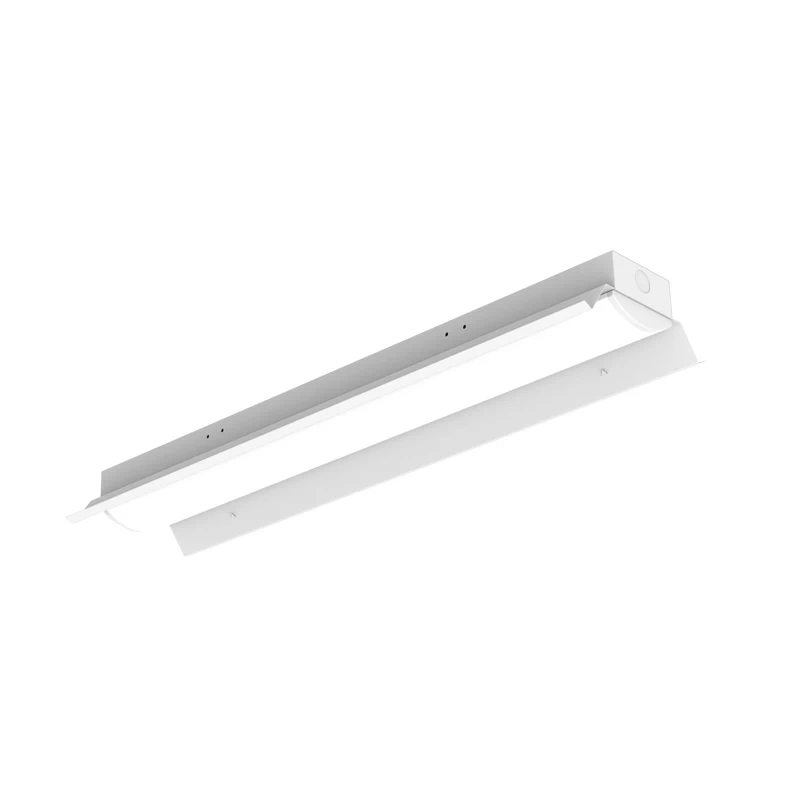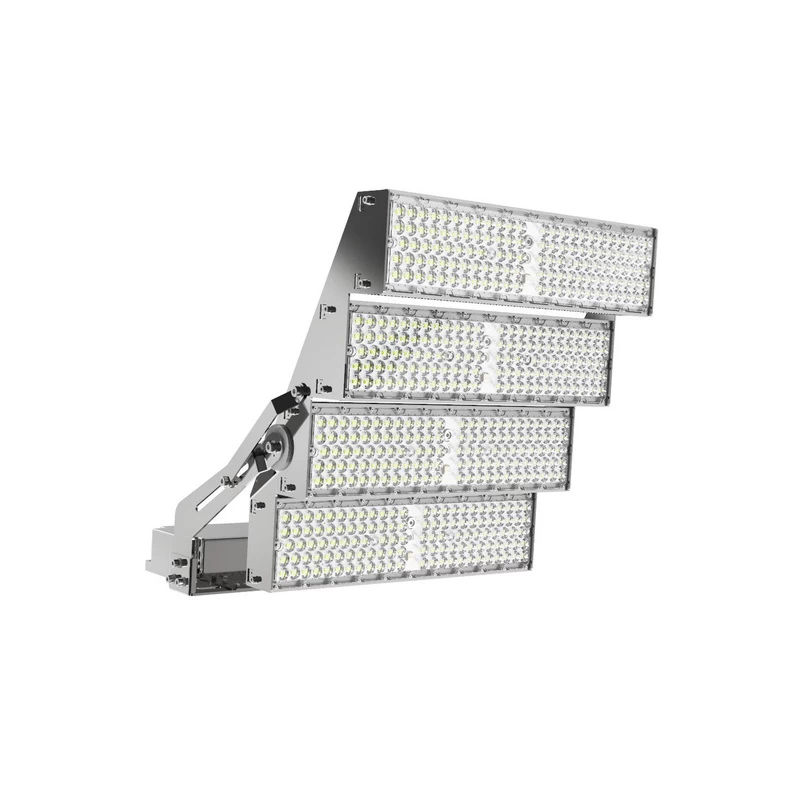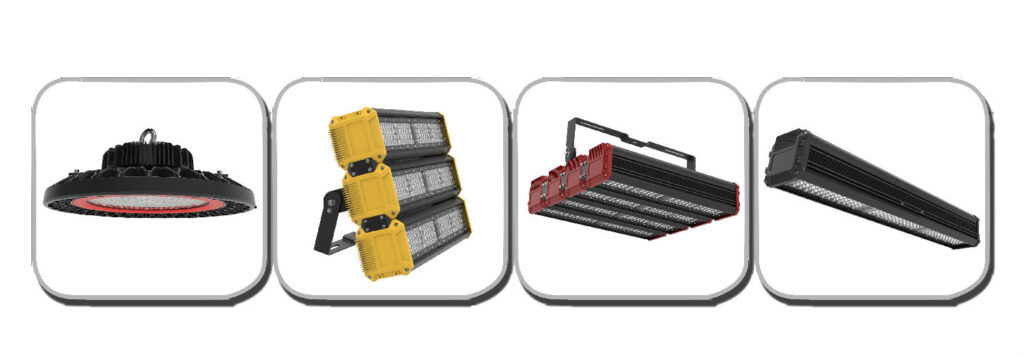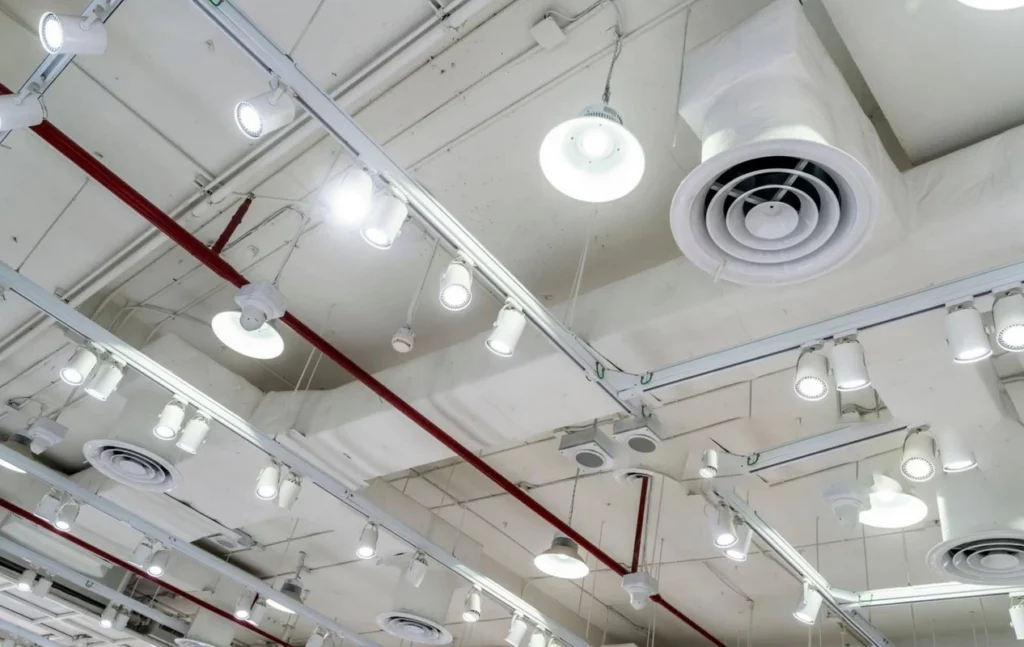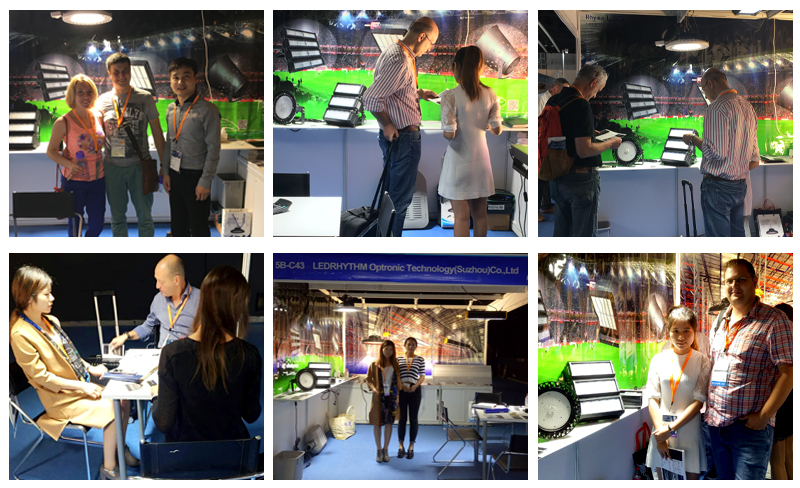¿Realmente puede elegir la iluminación LED para puertos?
Los puertos son importantes puertas de entrada para el comercio mundial. Hay cerca de 10.000 puertos grandes y pequeños en todo el mundo, lo que hace que muchas empresas de la industria LED consideren la iluminación portuaria como una gran oportunidad. Sin embargo, la iluminación portuaria se enfrenta ahora a muchos retos, como la aplicación de entornos costeros, la altura de los postes de luz, la distancia y la selección de potencia de las lámparas.
Las lámparas de sodio de alta presión se siguen utilizando en la mayoría de los puertos, como puentes grúa, zonas de contenedores y áreas de transporte. Aunque las lámparas de sodio de alta presión tienen las ventajas de una alta eficacia luminosa, larga vida útil y gran permeabilidad a la niebla, también tienen desventajas obvias como la contaminación por mercurio y el alto consumo de energía. . A medida que el medio ambiente sigue deteriorándose en los últimos años, la conservación de la energía y la reducción de las emisiones se han convertido en un requisito urgente para los países de todo el mundo. Por lo tanto, la demanda de lámparas LED en los puertos sigue aumentando. Sin embargo, debido al entorno de uso especial del puerto, los requisitos de rendimiento de las lámparas LED son muy altos.

¿Cuáles son los requisitos de rendimiento de las lámparas LED en el entorno de uso especial del puerto?
1. El entorno portuario suele ser húmedo, por lo que el sellado del producto debe ser bueno, y el aire contiene mucha niebla salina. Este entorno requiere niveles más altos de impermeabilidad, protección contra el polvo y anticorrosión para las lámparas. Si el nivel de protección de la lámpara es insuficiente, el circuito interno puede cortocircuitarse por la humedad o corroerse por la niebla salina, afectando así a la vida útil y la seguridad de la lámpara. Los productos LEDRHYTHM se fabrican con normalidad después de haber sido probados por una máquina de prueba de niebla salina, y se puede emitir un informe de prueba de niebla salina.
2. El alumbrado portuario debe tener en cuenta el consumo de energía y la protección del medio ambiente. La mayoría de los puertos del país trabajan continuamente las 24 horas del día. Como el recinto es grande, la factura de electricidad de las luminarias para la seguridad de los empleados durante el trabajo también supone un gasto importante. Por lo tanto, el uso de luminarias LED de alta eficiencia y bajo consumo puede reducir el consumo de energía y las emisiones de carbono. Al mismo tiempo, también puede reducir el impacto en el entorno portuario.
3. Los puertos están situados a lo largo de la costa o cerca de ríos y lagos, y a menudo hay niebla. Por lo tanto, se requiere que las lámparas LED tengan una alta transmitancia de luz, una amplia adaptabilidad, un gran rango de funcionamiento y altos requisitos de iluminación. Y debido a la naturaleza especial del puerto, también hay requisitos específicos para el color, la dirección, el ángulo, etc. de la iluminación.
En nuestro caso, puede ver la aplicación de las lámparas LED de LEDRHYTHM en la iluminación de puertos. En comparación con las fuentes de luz tradicionales, las lámparas LED tienen una mayor eficiencia luminosa y pueden proporcionar efectos de iluminación más brillantes y uniformes. Al mismo tiempo, la vida útil de las lámparas LED es de hasta decenas de miles de horas, lo que reduce enormemente los costes y el tiempo de mantenimiento.



